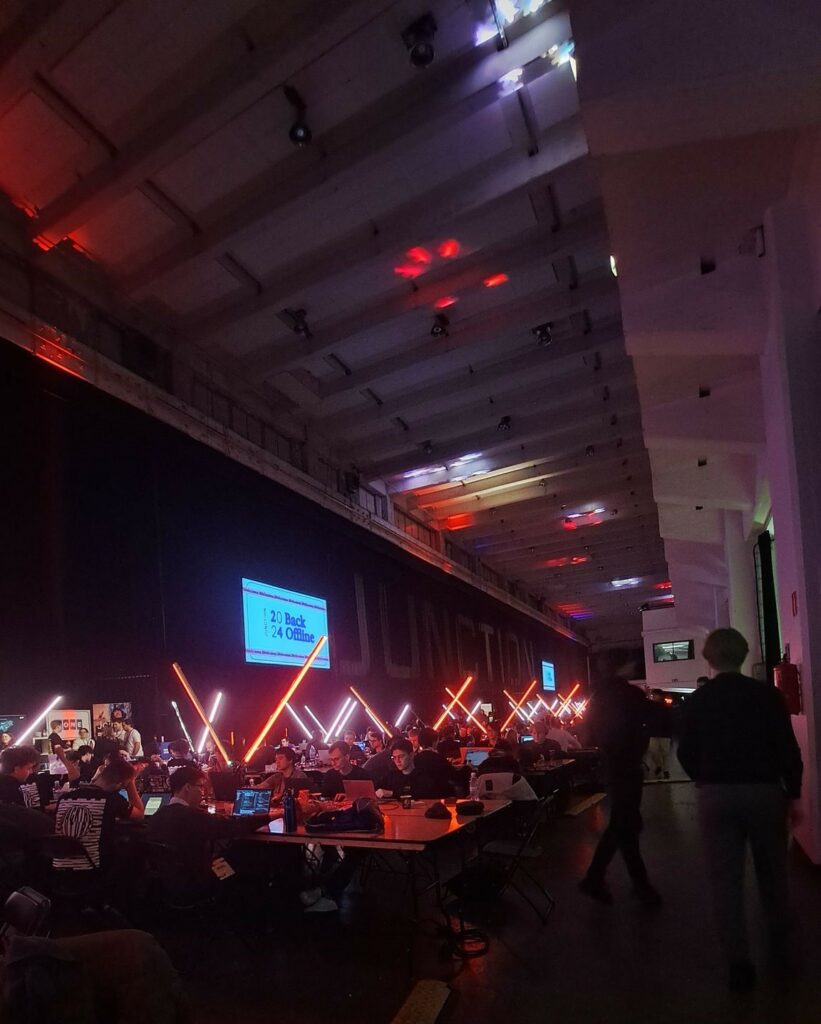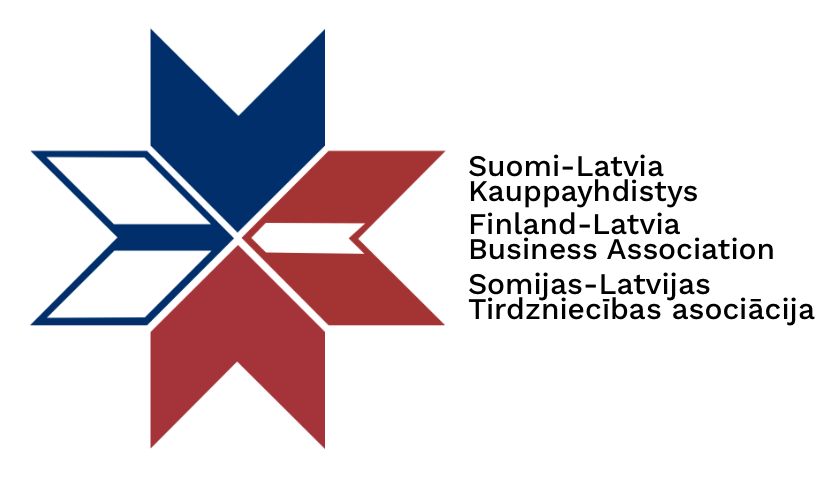Comparing Latvian and Finnish Hackathon Experiences
Rihards Putāns, Mārtiņš Vīksna, Ernests Pētersons

What are hackathons?
Since their inception in the late 1990s, hackathons – which combine the terms “hack” (exploratory programming) and “marathon” (endurance-based events) – have seen tremendous change. Originally centered on mainly coding, today’s hackathons cover a wide range of topics, from defense advancements to environmental sustainability, bringing together participants from different disciplines, including developers, business professionals, designers and others, to tackle real-world challenges. They are intense, time-bound events typically lasting 24 to 48 hours where participants collaborate to solve proposed challenges. These events simulate the entrepreneurial journey by requiring creativity, teamwork, quick problem-solving and clear, convincing communication skills. Rapid prototyping is encouraged by the format, which frequently produces solutions that can be developed into businesses and start-ups. Hackathons are important components of innovation ecosystems as they provide opportunities for networking, skill development and idea verification.
To investigate how hackathons compare in Latvia and Finland, we spoke with Iida Loukkaanhuhta from Finland, CEO of Junction hackathon, and Elīna Miķelsone from Latvia, Riga Technical University (RTU) Design Factory Manager and Researcher. With events like Junction, Finland has made a name for itself internationally in the hackathon and innovation space, while Latvia is developing a distinctive and exciting hackathon culture.
Finnish Experience
As mentioned, Finland leads the global hackathon scene with Junction, its flagship event. In 2024, Junction attracted over 1,000 participants from across the world, emphasizing multidisciplinary collaboration with 80% of attendees from developer backgrounds and 20% from business and design, ensuring a well-rounded approach to problem-solving. While the event could potentially accommodate more, the organizers prioritize keeping the size manageable to ensure meaningful interaction and high-quality experiences. They receive more applications than they can accept, demonstrating the event’s popularity and exclusivity.
Partner companies and problem proposers actively engage during and after the event, seeking actionable solutions to real-world problems. Many schedule follow-up meetings with winning teams to refine ideas and hire participants, fostering genuine collaboration rather than merely sourcing ideas, ensuring tangible outcomes from the hackathon. Junction also plans to better track success stories and deepen ties with Finland’s startup ecosystem, connecting promising teams to accelerators and partnerships.
Junction’s strength lies also in its integration with Finland’s entrepreneurial infrastructure. Owned by the Startup Foundation and operated out of Startup Sauna, a hub for entrepreneurship, it shares resources with other initiatives like Slush, driving Finland’s goal of developing 100 unicorns by 2050.
Latvian Experience
Latvia’s hackathon ecosystem, though smaller in scale, is rapidly growing. Events hosted by RTU, include not only hackathons in classical format but also Coopetitions. A more extended format divided into four days, designed to foster deeper collaboration and innovation. These are highly selective, with only 5-10 teams invited with the primary goal to produce at least an alpha prototype by the end. On average, each hackathon typically generates 2–3 new startups, highlighting the entrepreneurial results. Latvia has also stepped onto the international stage with multi-country events like the Baltic AI Hack, uniting talent across borders.
Problem proposers often aim to implement real-life solutions to solve internal problems and scout for innovation to identify, support and potentially invest in talent and solutions, fostering long collaborations.
Also, startup founders are engaged in hackathons as lead mentors, providing participants with insights from experienced entrepreneurs. This interaction not only enriches the hackathon experience but also fosters relationships between participants and the broader startup community, creating pathways for further development of ideas and ventures.
Conclusion
In both countries hackathons play vital roles in fostering entrepreneurship. Junction stands out for its international reach, scale, and post-event support, creating pipelines for sustainable innovations. Latvia also shines in generating practical solutions with carefully selected teams but could further strengthen its ecosystem by:
- Improving post-hackathon support for mentorship, funding, and commercialization.
- Collaborating with global leaders like Junction to adopt best practices and foster international networks.
- Scaling events to attract broader participation and corporate engagement, like organizing more Baltic wide events.
By building on its strengths and learning from Finland’s approach, Latvia can position itself as a regional hub for innovation and entrepreneurship.


